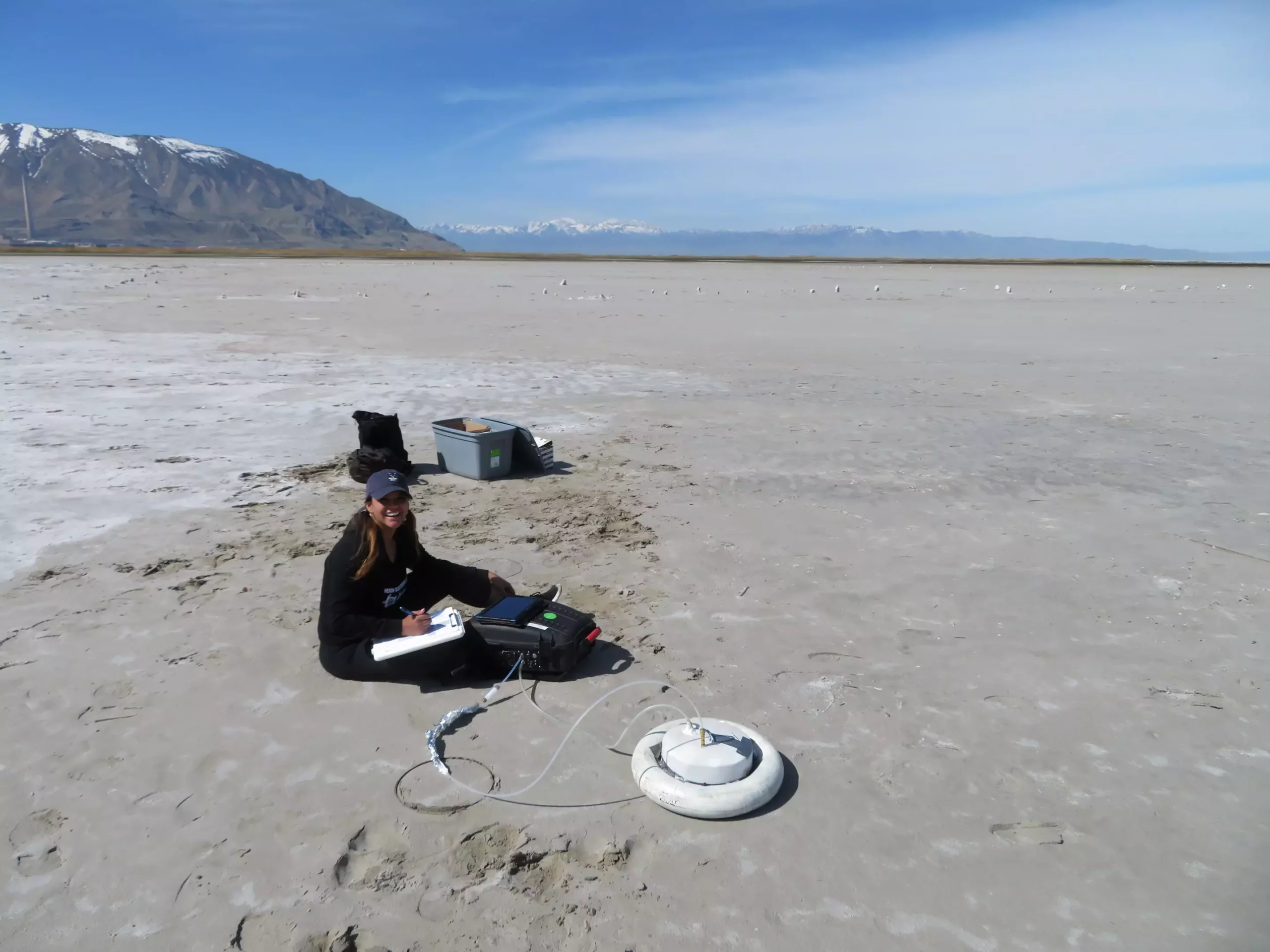Recent research conducted by the Royal Ontario Museum has revealed a staggering reality regarding the impact of drying lake beds on climate change. The study, which focused on the Great Salt Lake in Utah, found that in 2020 alone, around 4.1 million tons of carbon dioxide and other greenhouse gases were emitted due to the desiccation of its expansive lake bed. This shocking figure emphasizes a critical aspect of our climate crisis that has been neglected for far too long. As these once-thriving saline lakes evaporate and shrivel under human consumption and climate change alike, they are releasing massive amounts of greenhouse gases, which could further accelerate global warming.
The Role of Human Activity
While natural fluctuations in water levels have always affected the Great Salt Lake, it is primarily anthropogenic usage—stemming from agriculture, industry, and municipal demands—that have led to its alarming depletion. Over the years, increased freshwater consumption has significantly reduced the lake’s water levels, leading to extensive exposed sediments that function as greenhouse gas “Factories.” This research calls into question our conventional understanding of greenhouse gas emissions sources and urges immediate re-evaluation of water consumption practices across the globe.
To underscore the significance of this issue, we must look at other famous saline lakes, such as the Aral Sea and Caspian Sea, that have faced similar fates. The implications extend far beyond just environmental degradation; the drying of these lakes not only disrupts ecosystems but also contributes to poor air quality, deteriorating human health, and widespread loss of biodiversity. This nexus of issues suggests an urgent need for analyzing the hidden links between lake desiccation and climate change.
Scientific Insights from Groundbreaking Research
The research team from the Royal Ontario Museum undertook extensive field measurements during the warmer months of 2020 to quantify the greenhouse gas emissions from the exposed lake bed. Utilizing a portable greenhouse gas analyzer, they collected data at various sites across the lake, which spans approximately 1,700 square miles. This meticulous approach enabled them to measure carbon dioxide and methane emissions, revealing that up to 94% of the gases released were carbon dioxide.
Particularly alarming is the status of methane, which is known to be 28 times more effective at trapping heat than carbon dioxide. By translating these emissions into “carbon dioxide equivalents,” the research team painted a clearer picture of the Great Salt Lake’s contribution to climate change. Their findings indicate that emissions from the dried lake bed could account for approximately 7% of Utah’s human-induced greenhouse gas output—a significant and troubling statistic that cannot be ignored.
Changing Perspectives on Sources of Greenhouse Gases
The implications of this research challenge traditional perspectives on greenhouse gas production. Historically, it was assumed that saline lakes were not major contributors to atmospheric emissions. However, the Great Salt Lake study demonstrates that desiccated lake beds can play a novel role in exacerbating climate change—a twist that policymakers and environmentalists alike must consider. It proves that the loss of water bodies due to climate change is not just a local issue but a pressing global one.
As we move forward in addressing climate change, it is crucial to incorporate aspects of freshwater management and assess the impacts of desiccation comprehensively. Current climate change mitigation strategies often overlook these potential emissions sources, undermining their effectiveness. A rethinking of watershed planning may be required to include the management of saline lake systems as vital components for reducing greenhouse gas emissions.
Cascading Effects in a Warming World
As climate change intensifies global drought conditions, the trend of lake desiccation is likely to continue, aggravating already alarming feedback loops in our climate system. The research highlights not only the immediate environmental hazards associated with drying lakes but also the long-term implications for carbon release and climate mitigation. Traditional methods of estimating greenhouse gas output often fail to account for these “new” emissions, potentially leading to underestimations of our overall climate impact.
Therefore, we stand on the brink of a new frontier in climate science where understanding the role of drying lake beds is essential. To combat the climate crisis efficiently, it is imperative to recognize and address this overlooked source of greenhouse gas emissions. Moving forward, it will be vital for scientists, policymakers, and communities to integrate these findings into their climate strategies, ensuring that we are not only aware of but actively managing the unique challenges posed by desiccation in our rapidly changing world.

